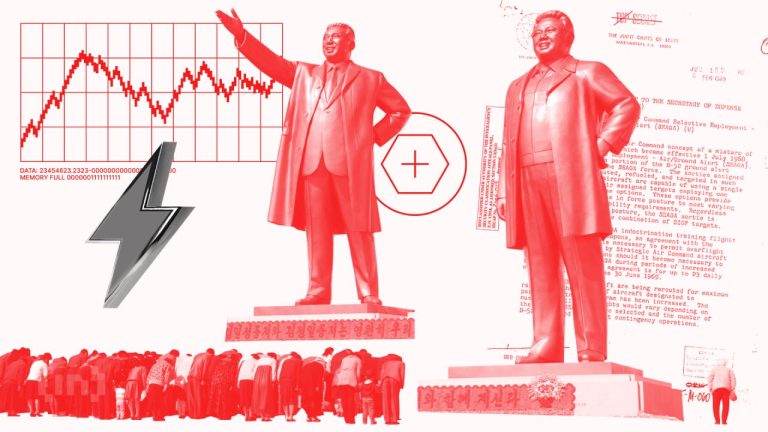
Mindfulness Practices for Stress Relief
Mindfulness practices have become increasingly popular in recent years, and for good reason. With the constant demands of modern life, it’s easy to get caught up in stress and anxiety. However, by incorporating mindfulness practices into your daily routine, you can reduce stress and improve your overall well-being.
What is Mindfulness?
Mindfulness is the practice of being present in the moment, paying attention to your thoughts, feelings, and sensations without judgment. It’s about cultivating awareness and acceptance of the present moment, rather than getting caught up in worries about the past or future.
Benefits of Mindfulness
The benefits of mindfulness are numerous. Regular mindfulness practice has been shown to reduce stress and anxiety, improve sleep, and boost mood. It can also improve focus and concentration, leading to greater productivity and efficiency.
Mindfulness Practices for Stress Relief
There are many mindfulness practices that can help with stress relief. Some of the most popular include:
- Meditation: Meditation involves focusing your attention on a single point, such as the breath, a mantra, or a physical sensation. Regular meditation practice can help reduce stress and anxiety by teaching you to stay present and focused.
- Yoga: Yoga combines physical movement with deep breathing and meditation techniques. It can help reduce stress and anxiety by promoting relaxation and reducing muscle tension.
- Deep Breathing Exercises: Deep breathing exercises involve focusing on the breath and using it to calm the body and mind. This can be done anywhere, at any time, making it a great tool for stress relief.
- Body Scan: A body scan involves lying down or sitting comfortably and bringing your attention to different parts of the body. This can help release physical tension and promote relaxation.
Getting Started with Mindfulness
If you’re new to mindfulness, it can be helpful to start with guided meditations or classes. This can provide a supportive environment and help you learn the basics of mindfulness practice. You can also try using mindfulness apps or videos to get started.
Tips for Maintaining a Mindfulness Practice
Once you’ve started a mindfulness practice, it’s essential to maintain it. Here are some tips for keeping your mindfulness practice consistent:
- Start small: Begin with short periods of mindfulness practice, such as 5-10 minutes a day, and gradually increase as you become more comfortable with the practice.
- Make it a habit: Incorporate mindfulness practice into your daily routine, such as right after waking up or before bed.
- Find a quiet space: Identify a quiet, comfortable space where you can practice mindfulness without distractions.
- Be patient: Remember that mindfulness is a practice, and it takes time to develop. Be patient with yourself and don’t get discouraged if your mind wanders.
Conclusion
Mindfulness practices are a powerful tool for stress relief and overall well-being. By incorporating mindfulness into your daily routine, you can reduce stress and anxiety, improve sleep, and boost mood. Remember to start small, be patient, and make it a habit to maintain a consistent mindfulness practice.






